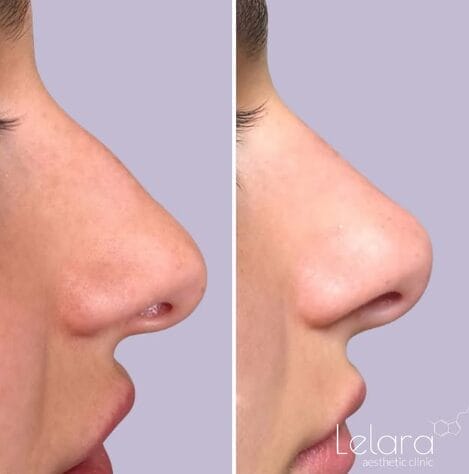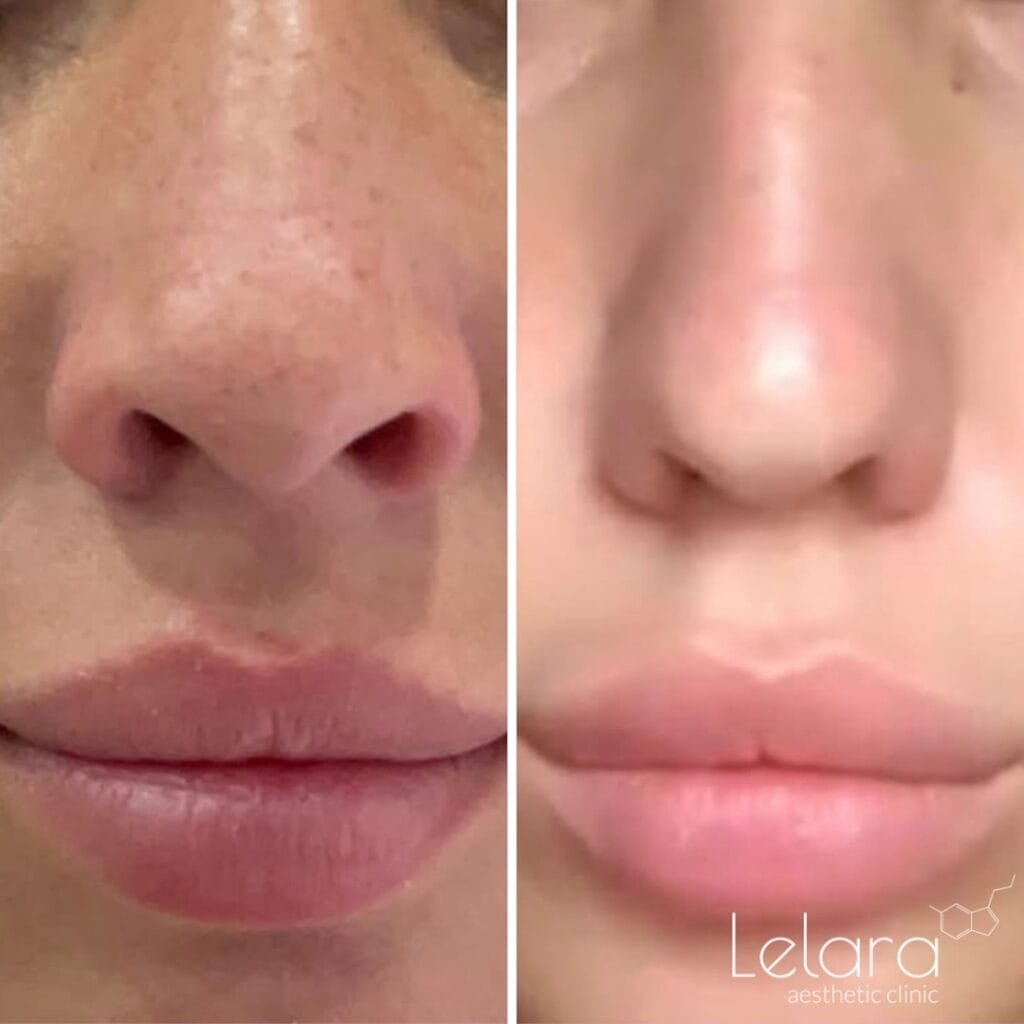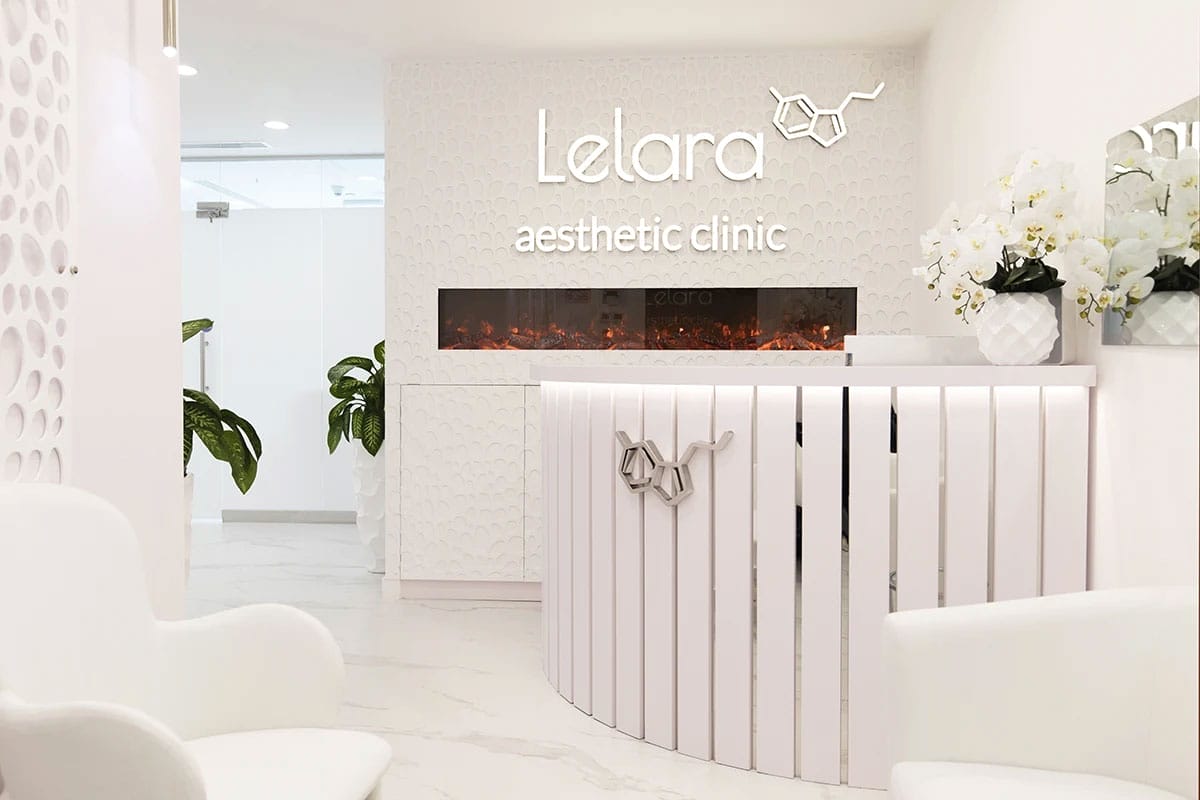When considering non-surgical options to enhance the appearance of your nose, you might come across two popular treatments: nose Botox and nose fillers.
While both procedures aim to improve the look of your nose, they are quite different in terms of procedure, results, longevity, and costs. Understanding these differences can help you make an informed decision about which treatment is right for you.
Procedure
Nose Botox:
Botox, short for botulinum toxin, is primarily used to relax muscles.
When injected into specific areas of the nose, Botox can help to refine its shape by reducing the appearance of nasal “bunny lines” (the lines that appear on the sides of your nose when you scrunch it up). The procedure involves a series of small injections, typically taking only a few minutes to complete. The effects start to become noticeable within a few days.
Nose Fillers:
Nose fillers, also known as non-surgical rhinoplasty or liquid rhinoplasty, use dermal fillers such as hyaluronic acid to add volume and shape to the nose.
This treatment is ideal for correcting bumps, asymmetry, or a droopy tip. The procedure involves injecting the filler into specific areas of the nose to achieve the desired shape. It usually takes about 15-30 minutes, and the results are visible immediately.


Results
Nose Botox:
The primary result of nose Botox is the smoothing out of wrinkles and a subtle reshaping of the nose by relaxing the muscles. It is not capable of adding volume or significantly changing the structure of the nose. The changes are more about refinement and minimizing certain expressions that may cause unwanted lines.
Nose Fillers:
Nose fillers can provide more dramatic changes compared to Botox. They can correct bumps, lift a droopy tip, and make the nose appear more symmetrical. The results are immediate and can be tailored to achieve the desired look, making it a more versatile option for those looking to make noticeable changes to the nose’s shape.
Longevity
Nose Botox:
The effects of Botox typically last between 3 to 4 months. Since it works by temporarily paralyzing muscles, the results will gradually fade as muscle activity returns. Regular follow-up treatments are necessary to maintain the desired look.
Nose Fillers:
The longevity of nose fillers depends on the type of filler used, but most hyaluronic acid fillers last between 6 to 12 months. Over time, the body naturally absorbs the filler, and touch-up treatments are required to maintain the results.
Costs
Nose Botox:
The cost of nose Botox varies depending on the number of units required and the geographic location of the clinic. On average, you can expect to pay between $300 and $600 per session. Since the results are temporary, recurring costs can add up over time.
Nose Fillers:
Nose fillers tend to be more expensive initially, with costs ranging from $600 to $1,500 per treatment, depending on the amount of filler needed and the clinic’s location. However, given that the results last longer than Botox, the overall annual cost may be comparable or even lower in some cases.
Which is Right for You?
Deciding between nose Botox and nose fillers depends on your specific goals and needs:
Choose Nose Botox if:
- You are looking to reduce the appearance of nasal wrinkles or “bunny lines.”
- You want a subtle refinement rather than a significant change.
- You are comfortable with more frequent treatments to maintain results.
Choose Nose Fillers if:
- You want to correct structural issues like bumps, asymmetry, or a droopy tip.
- You are seeking more noticeable and immediate results.
- You prefer a longer-lasting solution with less frequent touch-ups.
Ultimately, the best way to determine the right treatment for you is to consult with a qualified cosmetic professional who can assess your needs and recommend the most suitable option based on your goals and facial anatomy. Both nose Botox and nose fillers offer excellent solutions for non-surgical nose enhancement, allowing you to achieve your desired look with minimal downtime and risk.


